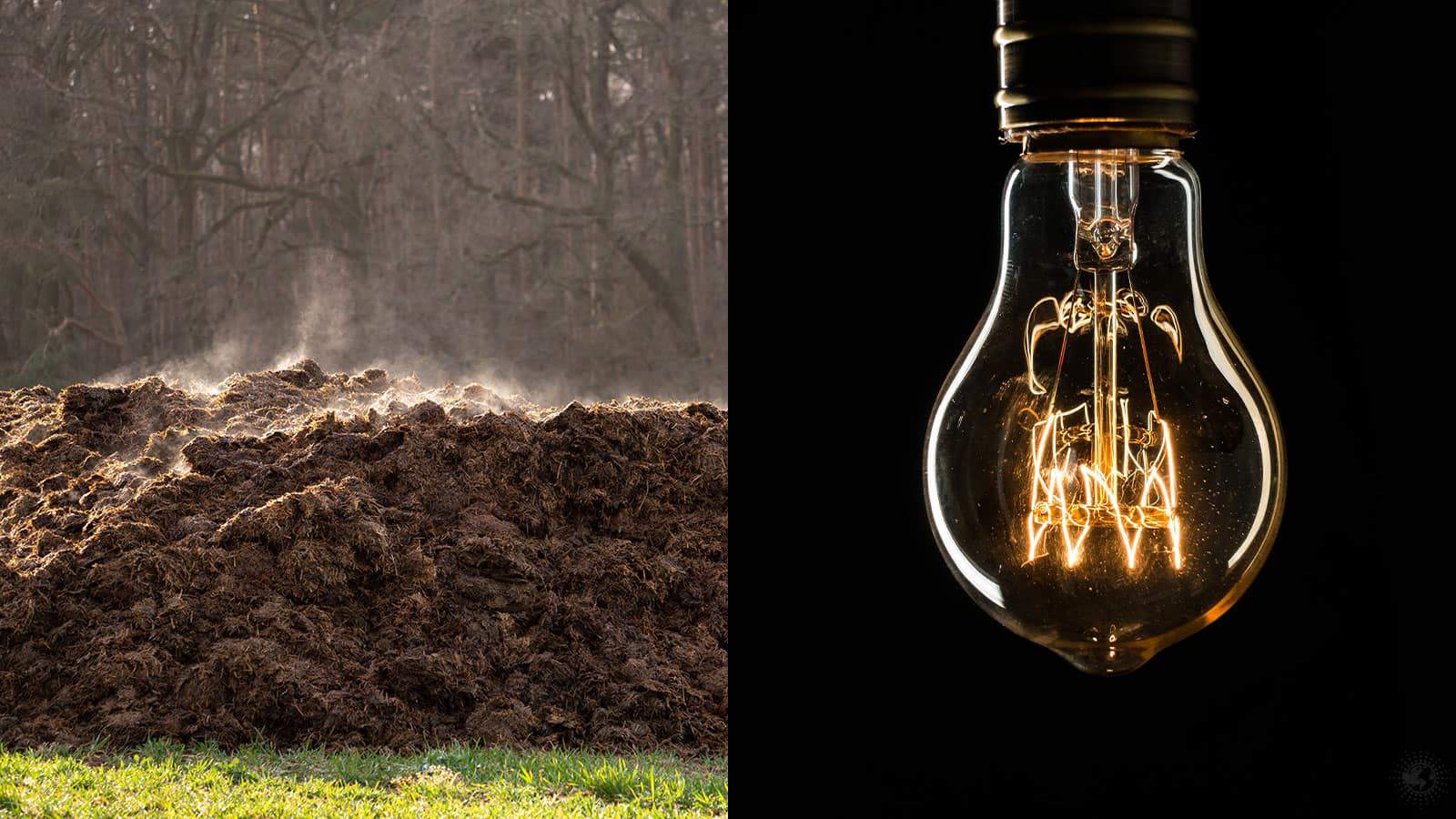Greenhouse gasses play a significant role in affecting our atmosphere and are contributing to climate change. Scientists call gases that trap heat greenhouse gases. Methane is one of the most detrimental of them all. There are a lot of memes floating around about methane due to the fact that it is produced through a cow’s digestive system. However, it also stems from food rot, plants rotting, and from us pumping methane from within the planet’s crust.
The fact that it’s naturally occurring gas makes it’s true danger appear exaggerated for non-scientists. Yet, it is, in fact, still a hazard to our climate. Researchers have been looking into methods to decrease its release into our atmosphere from all sources. This is a rather difficult proposition since it is a gas and not a solid or liquid. Now, researchers reveal a material that could transform methane into a usable and safe energy source.
What is methane?
Years ago, the natural gas industry touted to the American public that it was the most efficient and cost-effective method for cooking, powering our dryers, and heating our homes. Of course, that was true in comparison to electricity and coal. There’s one big problem. Methane is the main active ingredient of natural gas, and our planet has it and produces it naturally.
Methane is a colorless and odorless gas which, when it hits the air, turns into carbon dioxide and water vapor. For the most part, it is a relatively safe gas, but when it reaches a certain level between 5-14% per volume mixed with air, it can become flammable.
How is methane formed?
Methane is a naturally occurring gas. It can be formed from the bacterial breakdown of organic material, specifically plants, from underwater or in shallow areas. This makes wetlands, swamps, rice fields, bogs, and landfills contributors. Oddly enough, a cow’s digestive tract also produces methane, as they eat a lot of grass. Therefore, them “passing gas” is literal, and methane also releases from their dung.
This same process, with the addition of thousands of years and high pressure, creates methane under our Earth’s crust. When we mine for coal, we often find pockets of methane. This is the process in which we pipe it out for natural gas and oil. Methane also releases from the planet’s crust during forest fires, volcanic eruptions, in ocean-floor vents, in deposits between continents and under the Antarctic ice and the Arctic permafrost.
Humans also find methane during our mining for oil and gas. It can leak out in the piping and during the transportation process.
Why is methane such a hazard to our environment?
If Mother Nature produces methane, then why is it dangerous? While the planet has many fail-safes in place to keep everything working in balance, humankind tips that balance. We no pipe out the methane that typically would have stayed beneath the Earth’s surface. Additionally, we created landfills and an increased need for cows or other animals who naturally produce methane. We have also changed the ecology of our landscapes, which in turn affects our wetlands. Essentially, we tipped the scales of balance that Earth naturally kept in check.
Methane releases Co2 into the atmosphere. Granted, our plants are designed to absorb Co2, but not in this quantity with the additional other sources of Co2 that are being released. Methane is 84 times more potent than merely Co2 in the first 20 years of its release. For example, if 23 pounds of methane was released and 23 pounds of Co2 was released, the methane would warm the Earth 23 times more over a period of 100 years than the Co2 alone.
The greenhouse gases act as invisible insulators and magnifiers for the heat of the sun. The sun’s heat is magnified on its way in and cannot push its way back out after bouncing off the surface of the planet as it should. Compound this on a daily basis, year after year, and that’s a lot of heat. That heat then produces chain reactions as the Earth attempts to correct the imbalance of this heat by melting glaciers.
As mentioned above, research finds methane buried within the ice of the Antarctic and permafrost in the Arctic. So, not only is more methane being released but now we have changing weather patterns, which alters the climate in different regions. Some regions are warmer longer, with large proportions of rain in between. This creates an excess of plant material requiring breakdown. Once again, this produces more methane.
What strategies promise to rein in this excess methane?
Multiple tactics are being utilized to attempt to get a handle on the excessive amount of methane released.
- Scientists are working on discovering a way to turn methane gas into a liquid form. This would theoretically make it easier to transport and recognize any leaks.
- In 2016, the EPA passed a law to limit the number of methane emissions from oil and gas extractions.
- Better monitoring of flooded areas in rice fields and bogs so that paddies can be removed sooner.
- New methods of identifying the varying sources of methane have been discovered, which allows scientists to better monitor and track where and what the source is. This has permitted them to learn that 20% of natural gas wells are putting out the bulk of leaking methane.
- Scientists are looking into genetically altering cow’s stomachs in such a way that they are not producing as much methane.
Introducing Graphene
Another material has come up as a possibility of reducing methane – a substance just discovered in 2004, “Graphene.” In an attempt to make this as simple as possible, graphene is a carbon substance, similar to graphite, which we know as being used in pencils. The formations of its atoms make it somewhat unique in that it is 2D. So, it lays one atom high and forms a honeycomb pattern.
Scientists describe this material as stronger than steel, both elastic and stiff, and very light and thin. Additionally, it conducts both electricity and heat. It is a wonder material that has many scientists very excited at its potential for use in many areas.
One such scientist, Rakesh Joshi, of UNWS University in Sydney, Australia, began doing research using graphene to filter water for drinking. They discovered that they could filter out 99% of organic material, which remains after typical filtration.
During this process, Joshi’s research team discovered that they could also pull out the methane of biogas, which comes from the plant breakdown in that water. Following that discovery, they found they could purify that methane from the biogas in a wastewater treatment plant. That purification removed carbon dioxide from the methane.
Currently, the Sydney Water plant is using biogas as an energy source for its treatment facility. Rakesh Joshi is hoping that by being able to purify the methane, it can then be used to run transportation systems, like buses.
 Final thoughts about a material that could transform methane into energy
Final thoughts about a material that could transform methane into energy
With significant challenges come great solutions. Climate change is happening. Whether you choose to believe that humans are exasperating it, causing it, or it is a naturally occurring phenomenon, it doesn’t change the reality that it is bringing about change. With that change, perhaps we will have better respect and amazement for the miracle of our planet. Maybe we will have a higher sense of responsibility toward our treatment of it and come up with innovations that can reduce or undo damages made.
Our planet Earth has a wonderful balance system in place for the natural patterns of change that occur in our Universe. It is up to us to find the balance for the effect we have on it. Researchers discovering a material to transform methane into energy is one such step. They are taking a gas that becomes hazardous to our atmosphere in extreme amounts and turning it into lean, clean energy. May we continue to search out methods to correct our mistakes and provide a better manner of living for all on this planet for generations to come.














